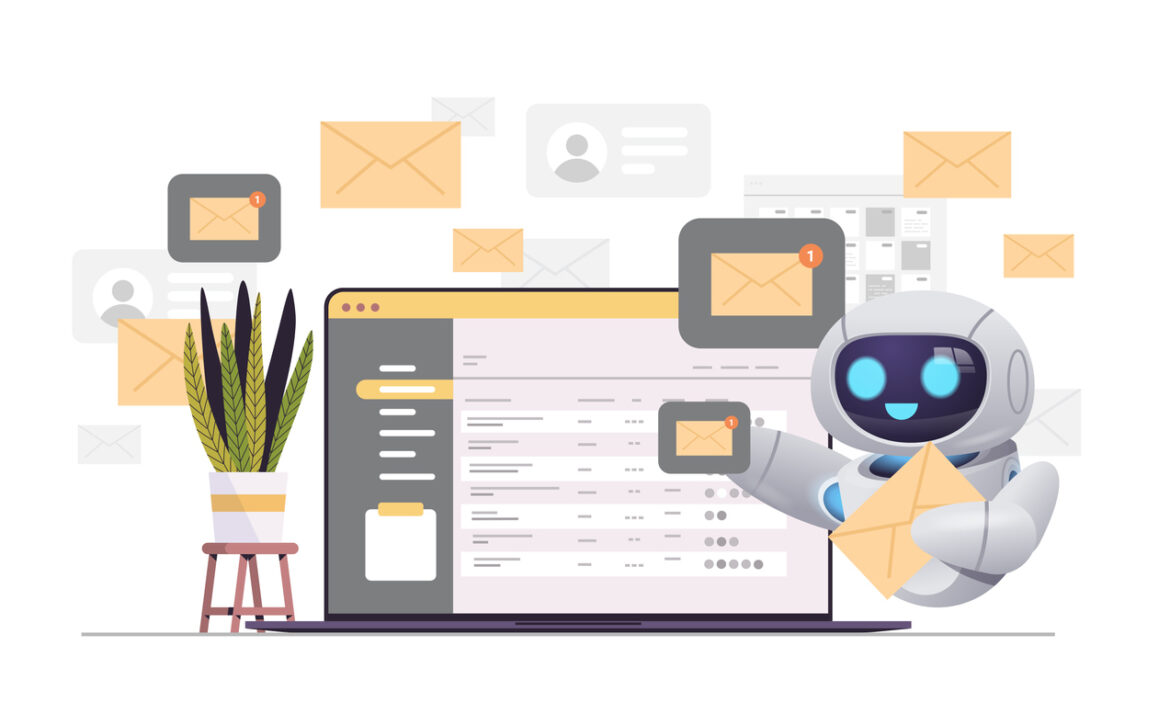Marketplace App Development
Building a marketplace app typically involves several key steps and considerations. Here’s a general overview of the process:
- Define your concept: Clearly define the purpose, target audience, and scope of your marketplace app. Determine the type of goods or services to be traded and identify any unique features or value propositions.
- Market research and validation: Conduct thorough market research to identify potential competitors, understand user needs, and validate the demand for your marketplace. This research will help you refine your concept and make informed decisions throughout the development process.
- Define the business model: Decide on the revenue generation model for your marketplace app. Common models include transaction fees, subscription plans, advertising, or a combination thereof. Determine how you will monetize your platform and sustain its operations.
- Choose the technology stack: Select the appropriate technologies and frameworks for your marketplace app. Consider factors such as scalability, security, and ease of development. Common choices include programming languages (e.g., JavaScript, Python), frameworks (e.g., React, Angular, Django, Ruby on Rails), and databases (e.g., MySQL, MongoDB).
- Design the user interface (UI) and user experience (UX): Create an intuitive and visually appealing interface for your app. Pay attention to navigation, search functionality, product/service listings, user profiles, messaging systems, payment gateways, and any other features relevant to your marketplace. Consider engaging a professional UI/UX designer to ensure a high-quality user experience.
- Implement core features: Develop the core functionality of your marketplace app, including user registration/authentication, product/service listings, search/filter options, messaging/chat systems, payment processing, reviews/ratings, and order management. Strive for a seamless and secure user experience at every step.
- Implement additional features: Depending on your marketplace concept, you may need to incorporate additional features such as social sharing, geolocation, notifications, analytics, third-party integrations (e.g., shipping services, payment gateways), or advanced search algorithms. Prioritize features based on user needs and your business goals.
- Build a robust backend: Develop a reliable and scalable backend infrastructure to handle user requests, manage data, and facilitate communication between users. Consider using cloud services (e.g., AWS, Google Cloud) for hosting, storage, and scaling capabilities. Implement necessary security measures to protect user data and transactions.
- Test and iterate: Conduct rigorous testing to identify and fix any bugs or usability issues. Perform both functional testing (ensuring features work as intended) and user acceptance testing (evaluating the app’s usability and satisfaction). Collect feedback from users and make iterative improvements based on their input.
- Launch and deploy: Prepare your marketplace app for deployment. Set up hosting environments, configure servers, and ensure proper integration with third-party services. Implement effective deployment strategies and closely monitor the app’s performance after launch to address any issues promptly.
- Market and promote: Develop a comprehensive marketing strategy to attract users to your marketplace app. Utilize various channels such as social media, search engine optimization (SEO), content marketing, influencer partnerships, and targeted advertising to increase visibility and user acquisition.
- Support and maintenance: Continuously monitor and maintain your marketplace app to ensure optimal performance and user satisfaction. Provide prompt customer support, address technical issues, and regularly update the app with new features and security patches.
Remember that building a marketplace app is a complex endeavor, requiring a combination of technical expertise, strategic planning, and user-centered design. It’s advisable to work with a skilled development team or consider partnering with experienced professionals to bring your marketplace app to life successfully.
Learn More






